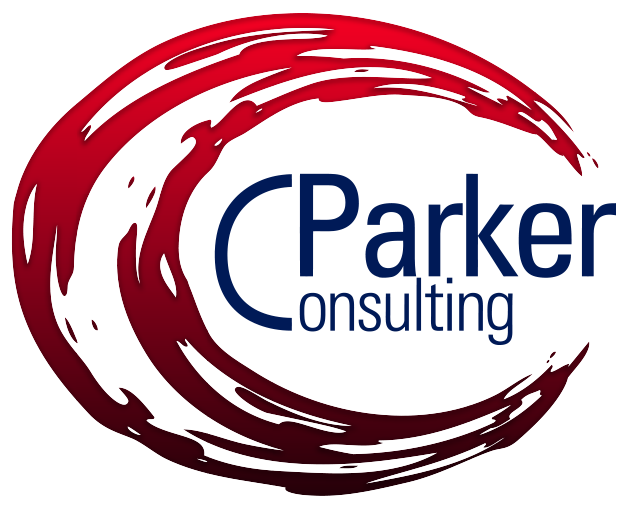The clock is ticking. It’s 4th quarter; do you know where your strategic plan is?
/In today’s fast-paced, competitive landscape, organizations must operate with clarity, efficiency, and alignment if they want to thrive. Without a well-crafted strategic plan, many businesses face challenges that not only slow growth but also hinder long-term success. Below are three common problems organizations encounter and how a strategic plan can address each one to create a roadmap for sustained success.
1. Lack of Clear Organizational Direction
The Problem: Many organizations struggle with a lack of clear, long-term vision and specific goals. This often leads to confusion about priorities and misalignment across different departments and teams. Employees are left unsure about where to focus their efforts, and the organization as a whole may fail to adapt to changes in the market, missing key opportunities for growth.
The Solution: A strategic plan acts as the guiding compass for the organization, offering a unified vision and measurable objectives that everyone can rally behind. It outlines the specific steps needed to achieve these goals and ensures that all departments are aligned, enabling the organization to be more responsive to market shifts while maintaining focus on its overarching mission.
2. Inefficient Resource Allocation
The Problem: Resources such as budget, time, and personnel are often not being allocated effectively, which leads to wasted effort on low-impact projects. At the same time, critical areas that could drive significant value are underfunded or understaffed, ultimately limiting the organization’s performance and growth.
The Solution: A strategic plan helps evaluate current resource usage and ensures that the most valuable initiatives are prioritized. It enables organizations to optimize their allocation of resources, making sure budget, time, and personnel are invested where they will drive the most impact. By channeling efforts into high-value areas, the organization can maximize its return on investment and improve overall efficiency.
3. Poor Stakeholder Communication and Engagement
The Problem: Internal and external stakeholders—such as employees, customers, and partners—are often not adequately engaged or informed about the organization’s direction. This lack of communication can lead to misalignment, misunderstandings, reduced morale, and weakened partnerships, which in turn harm the organization's ability to achieve its goals.
The Solution: A strategic plan establishes a clear communication framework that ensures stakeholders are consistently informed, engaged, and aligned with the organization’s objectives. By fostering transparent communication and regular updates, the organization can strengthen relationships with both internal teams and external partners, boosting morale and collaboration along the way.
The Importance of a Strategic Plan
Each of these problems—lack of direction, inefficient resource allocation, and poor stakeholder engagement—can severely limit an organization’s ability to grow and succeed. However, with a well-constructed strategic plan in place, organizations can overcome these challenges.
A strategic plan is more than just a document; it’s a living roadmap that guides every decision and action. It brings clarity to the organization’s vision, ensures resources are used effectively, and builds strong communication pathways with stakeholders. By addressing these critical areas, a strategic plan sets the stage for long-term success and helps the organization navigate the complexities of today’s business environment with confidence.
If your organization faces any of these issues, it may be time to develop or refresh your strategic plan. The future of your business depends on it.
Email.
Are you experiencing any of the following challenges within your organization?
Lack of Clear Direction: Teams are misaligned, priorities are unclear, and it’s tough to adapt to market changes.
Inefficient Resource Allocation: Budget, time, and personnel are not being used effectively, resulting in wasted efforts and underinvestment in critical areas.
Poor Stakeholder Engagement: Employees, customers, and partners aren’t adequately informed, leading to miscommunication and weakened relationships.
If any of this sounds familiar, a strategic plan could be the solution. By providing a clear vision, optimizing resources, and improving communication, we can help your organization drive growth and long-term success.
Let’s discuss how a strategic plan can address these challenges and set you on the path to achieving your goals click link below to learn more.





